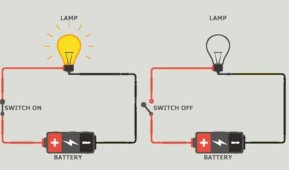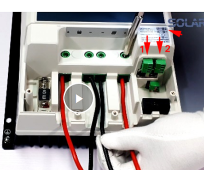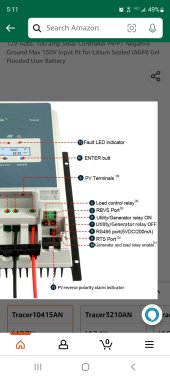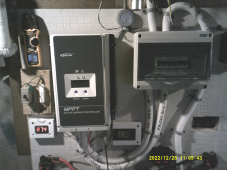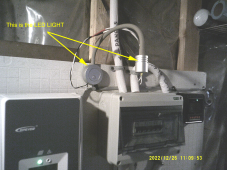Checkthisout
Solar Wizard
- Joined
- Nov 14, 2021
- Messages
- 4,810
"completing a circuit" meaning check for voltage across the 2 leads going to the LED light?
The 2 pins in the scc take the place of the switch in this circuit. It's nothing more than a switch.
You must apply power to the device you want to turn on and off and use it to control ground or apply power to one side of the pins and use it to switch power.
It does not connect either pin through the scc to the battery.
